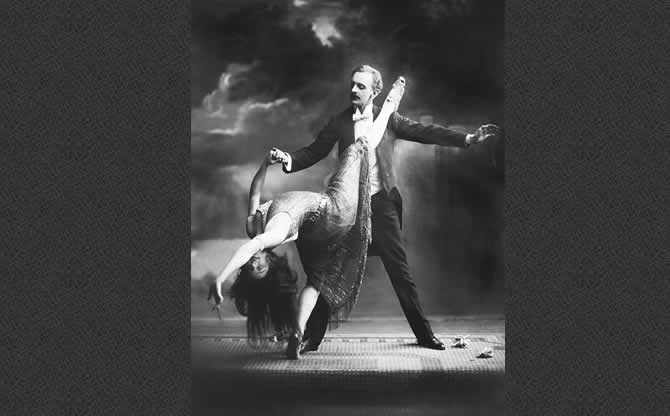This is part 2 of our series of blogs about adjusting from choreographies or stage dancing to improvised tango.
Read on part 1 here.
Q: I’ve done tap, ballet and modern before – will this help me to learn tango?
A: To an extent, yes. Ballet will have strengthened your core and sense of self-awareness as well as personal strength. Some basic steps of modern crop up in tango, ball-change for example and changes of weight (although they’re not called this in tango), and tap comes in useful when performing adornments as some involves the use of heels. Although you’re at an advantage though, learning tango will involve learning new skills, which is where the excitement comes from. It’s not fun learning something you already know!
Q: Should I smile like I do when I’m performing on stage?
A: Tango was founded as a social dance, to mingle with other people whilst doing something you love: dancing. Treat a milonga how you would treat any other club you’d go to. Express what you feel. A lot of the time you’ll smile naturally as you’re having a good time, so there’s no issue. If the song has a more emotional connection with you, feel free to convey this how you wish too as well. It’s all about how you and your partner feel; forget everyone around you. Use your body to show your connection with the music and your partner and don’t get caught up in using your face – it will all come naturally. My advice would be to focus on your dancing and your face will follow. It’s based on a genuine connection, so fake smiles are not necessary.
Part 3 – published Dec. 14.
Part 4 – published Dec. 16.
Have a browse at our Argentine tango classes if you think you’d like to give it a try.
See you soon on the dancefloor!
Abrazo,
Nathalie and Emma
Tanguito
Argentine tango classes in London | Tango clothing for men & women | Tango holidays in Buenos Aires
Picture: commons.wikimedia.org











